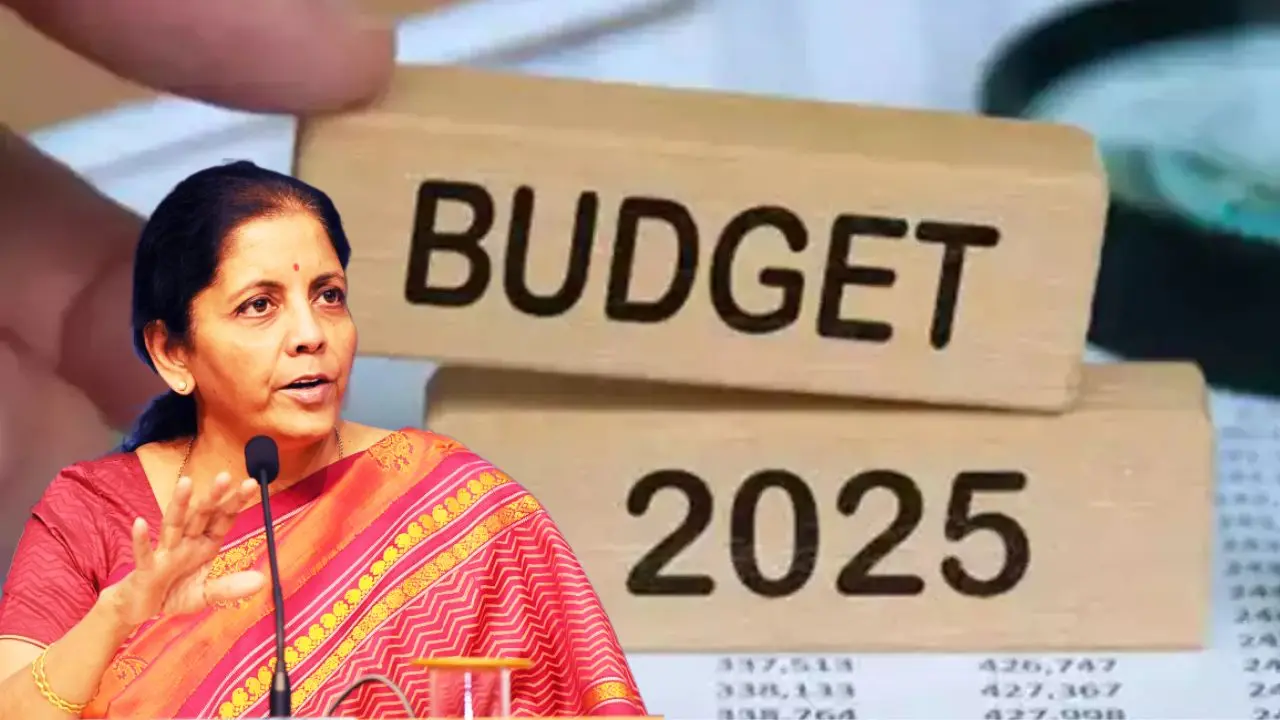The anticipation surrounding Budget 2025 is at an all-time high, especially among taxpayers keen to see how the government plans to alleviate their financial stress. With inflation and the cost of living on the rise, tax relief has become a crucial concern for many. Recent reports suggest that the government is considering a significant overhaul of tax slabs, potentially allowing a greater number of taxpayers to enjoy reduced tax liabilities or even complete tax exemption on a specified income level.
What Tax Relief Can Taxpayers Expect?
While official announcements are still awaited, sources indicate that revisions in income tax slabs are on the horizon. These adjustments aim to extend tax benefits to a broader population segment, allowing more individuals to retain a higher portion of their earnings without tax deductions.
Under the current tax structure, individuals earning up to a certain threshold are exempt from paying taxes. However, Budget 2025 could see this exemption limit being raised considerably, particularly benefiting middle-class taxpayers. Speculations suggest that annual incomes up to INR 7-8 lakhs could become completely tax-free under the new tax regime.
How Will Taxpayers Benefit?
For the average taxpayer, the most significant advantage of these tax reforms would be an increase in disposable income. Individuals who were previously paying taxes on their income might now find themselves with a larger take-home salary. This additional income could be directed toward savings, investments, or everyday expenses, potentially boosting economic activity and enhancing the overall quality of life.
Moreover, salaried employees, self-employed professionals, and small business owners many of whom currently face a disproportionately high tax burden relative to their income stand to gain substantially from these changes. The potential tax relief could also lead to an uptick in consumer spending and financial security.
Who Stands to Gain the Most?
The biggest beneficiaries of these tax adjustments are expected to be middle-income earners. Those with annual incomes ranging between INR 5 lakhs and INR 10 lakhs could witness a significant reduction in their tax liability, with some potentially becoming fully exempt.
Additionally, the government may introduce initiatives aimed at encouraging savings and investments. These could include additional exemptions or deductions for taxpayers investing in financial instruments such as tax-saving bonds, retirement funds, or home loans.
However, high-income earners may not see substantial changes in tax relief, as the primary focus is likely to remain on easing the tax burden for lower and middle-income groups.
Additional Budget Proposals That May Impact Taxpayers
Beyond personal income tax relief, Budget 2025 may introduce modifications in corporate taxation, GST rates, and sector-specific incentives for industries such as manufacturing, exports, and digital technology. Any revisions to GST could lower the cost of goods and services, indirectly increasing disposable income for consumers.
Additionally, the government may implement measures to simplify the tax filing process, reducing the dependency on professional assistance and making it easier for individuals to file their returns independently.
Final Thoughts
Budget 2025 holds the potential to be a game-changer for taxpayers, particularly with the anticipated tax relief and income threshold adjustments. If implemented, these reforms could provide substantial financial relief to middle-class taxpayers while simultaneously fostering economic growth through enhanced consumer spending and investment.
As the budget announcement approaches, stay updated on the latest developments and prepare to leverage any opportunities that come your way.




